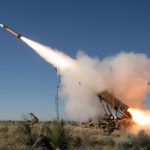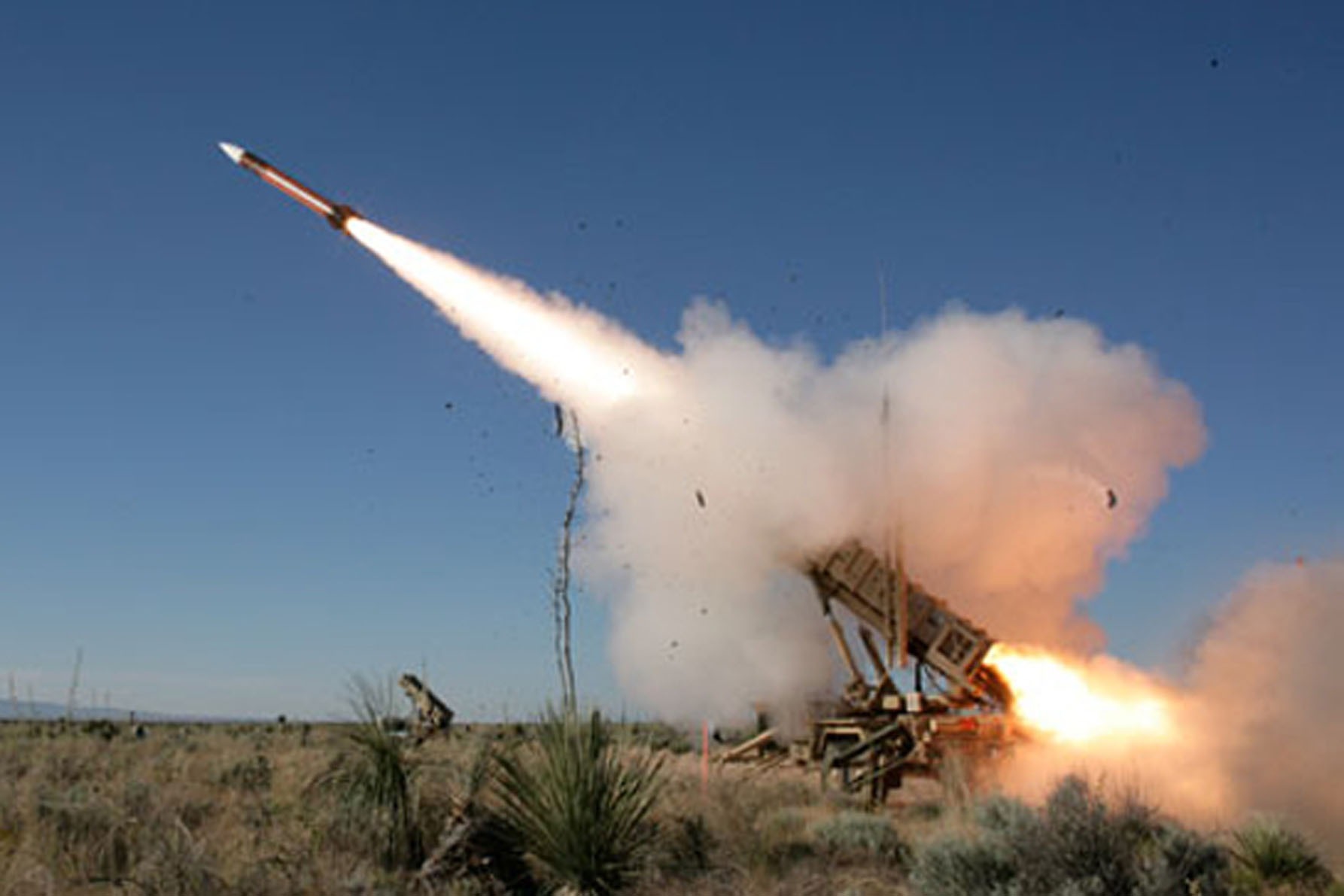Protecting Our Armed Forces Critical Infrastructure: Prioritize Patriot
 Just 50 years ago, theater missile defenses arrayed our nation’s capital. Since then, we were able to close down the homeland Nike Hercules sites. And for the past 13 years, we have dealt with specific 9-11 type threats by way of air and ground based alert interceptor aircraft and selected deployment of limited short-range air defense capabilities based upon specific threat assessments.
Just 50 years ago, theater missile defenses arrayed our nation’s capital. Since then, we were able to close down the homeland Nike Hercules sites. And for the past 13 years, we have dealt with specific 9-11 type threats by way of air and ground based alert interceptor aircraft and selected deployment of limited short-range air defense capabilities based upon specific threat assessments.
But as the Department of Defense designs our Armed Forces for the future, the joint force capabilities must continue to be responsive to our Combatant Commanders’ requirements. That being said, today – and in the foreseeable future – combatant commanders must consider the threat from aircraft and ballistic missiles. This includes the imperative of protection that can only be provided by Patriot, THAAD, and the SM-3.
Meanwhile, across the globe, the challenge of regional air and missile threats continues to grow sharply. It is for that precise reason that we must prioritize the capability to meet these threats. And we must be prepared to meet them at a moment’s notice.
Our most vulnerable areas are population centers. And in terms of force protection, key operating capabilities such as logistics bases, airfields, transportation hubs and intermediate staging bases—where our Servicemen and women prepare and support the mission are just as vulnerable.
Losses of personnel or critical capabilities such as aircraft or ships in port will significantly impact available forces and options for response to a threat attack.
Since Desert Shield/Desert Storm, our combatant commanders have benefited from mobile, deployable theater air defense to provide operational protection to critical facilities.
Our Patriot batteries have rotated through deployments to provide deterrence and protection against attack for U.S. Forces, our coalition partners, and our alliance friends.
I know this from personal experience. As a planner for the Commander-in-Chief United Nations Command, Republic of Korea-US Combined Forces Command, and the US Forces Korea in the mid-90’s, I assisted in the analysis of options and the development of a request for the deployment of Patriot capabilities to Korea in the midst of a critical time.
Simply put, these capabilities worked and continue the mission in Korea today. Additionally, similar systems committed in 2012 help protect Turkey against potential air threat from Syria.
Nearly a dozen partner nations have followed our path and fielded the Patriot system to meet their theater air and missile defense requirements. These partners have sought and agreed to modernization as well as critically needed common operating standards to protect our coalition forces.
Today, as we design our forces to meet the evolving national security strategy, our nation is shifting to smaller force packages and shorter deployments. As a result, we are likely to continue to put increased pressure on our Special Operations capabilities, our deployable air packages, and our forces to build partner capabilities.
In many of the tough places our soldiers, marines, sailors, and airmen and women will go, they will find the threat includes air and ballistic missile threats.
A smaller Defense Budget means more competition for valuable resources. But still no matter the budgetary implications, we must be ready to provide modernized, technologically updated capability such as the Patriot.
For four decades, our armed forces have had outstanding confidence in our theater air and missile defense provided by the Patriot system. As our next generation continues the mission, they deserve this quality of protection.
Reprinted from The Hill
Author: Maj. Gen. Richard Rowe, US Army (Ret.), IEM Vice President of Response and Defense
Rowe served in senior leadership positions with the US Forces–Iraq, Joint Force Headquarters–National Capital Region, US Northern Command (NORTHCOM), US Army Training and Doctrine Command, and the 82d Airborne Division. His awards and decorations include Distinguished Service Medal, Defense Distinguished Service Medal, Legion of Merit, and Bronze Star. During his career, he earned the US Army Ranger Tab, the Expert Infantryman Badge, and Master Parachutist Badge.





